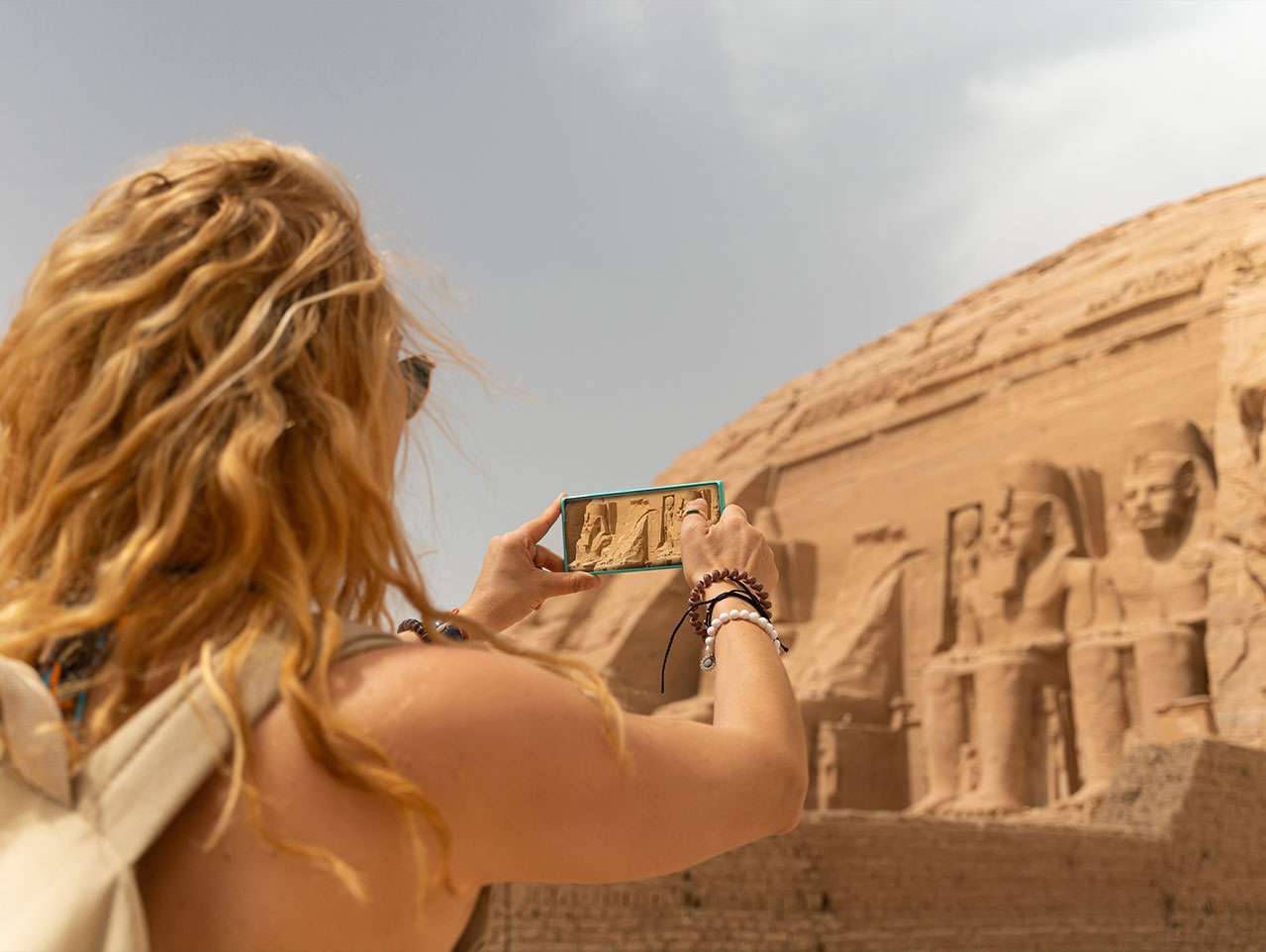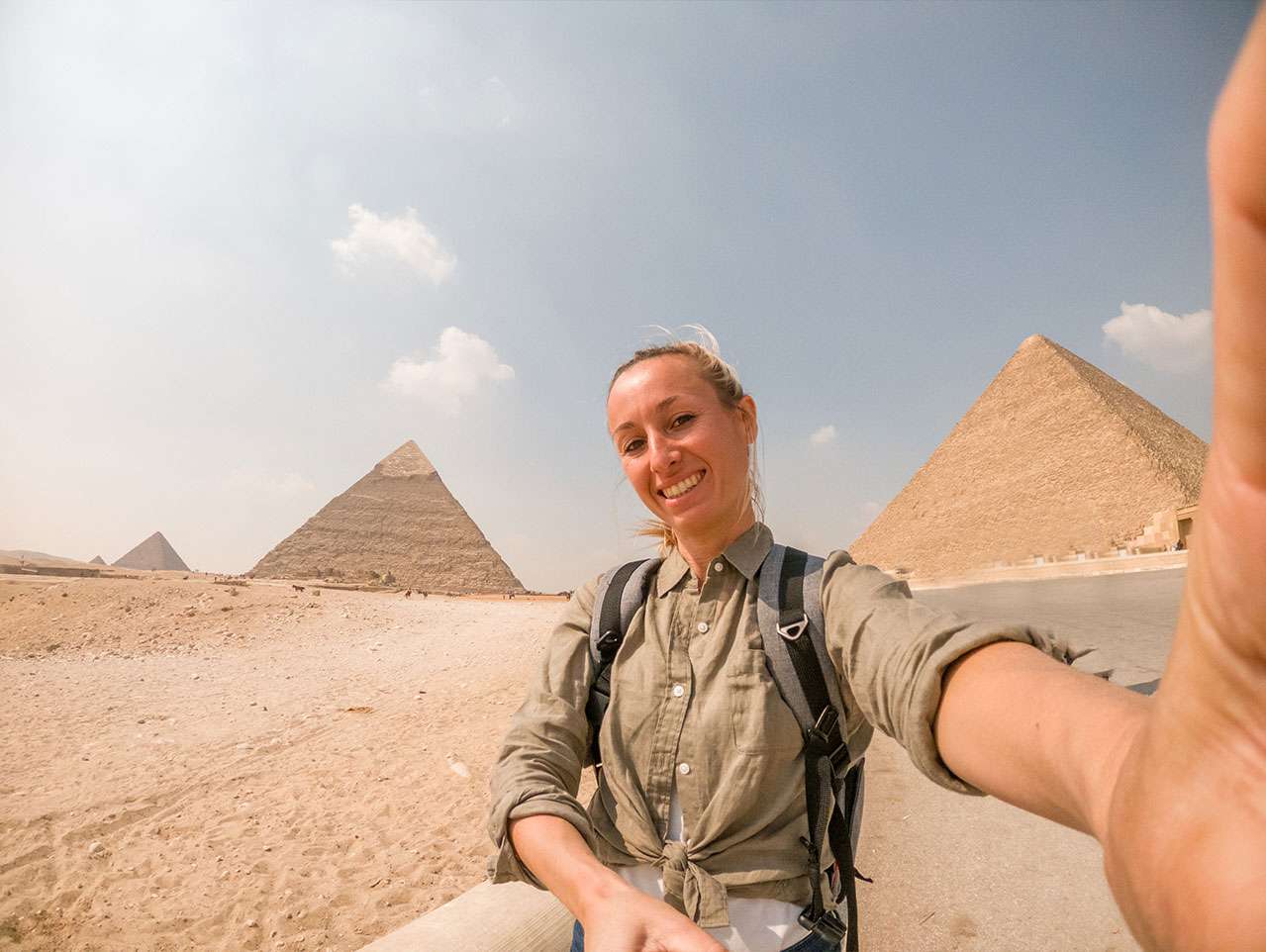
Trail of the Holy Family in Egypt
According to legend, the Holy Family fled to Egypt because King Herod couldn't have any political influence there and couldn't harm the infant Jesus. The Holy Family constantly changed sites after coming to Egypt to evade Herod's spies. There are a total of 26 places around the nation where it is thought that the Holy Family visited or took sanctuary during their three and a half years in hiding. After King Herod's demise, they were ultimately able to safely return to Palestine.
Egyptian Holy Family | Jesus' Travel Routes
The Holy Family's trip across Egypt is significant to the Coptic Church, and it is customary for churches to commemorate this event. The Coptic Religious places a high value on the Holy Family's travels in Egypt, hence it is usual for church organizations or specialist travel companies to plan tours that precisely follow their reputed route. The Holy Family made their first major halt in Farma, also known as the ancient Pelusium, near the easternmost outlet of the Nile River after traveling from Bethlehem to Egypt. Today, visitors to this once-bustling medieval port city in the Sinai Peninsula are few and far between, but it is nevertheless the site of many archaeological digs, one of which uncovered and started repairing a first-century church that was constructed after St. Mark brought Christianity to Egypt. Those traveling the Holy Family's route first stop at Farma before moving on to Mostorod, which is located north of Cairo. The Holy Family is said to have spent their time there staying in the cave and church ruins, which are currently undergoing restoration.
There is also a spring at Tel Basta, a tiny village close to Mostorod, that is said to have sprung from the ground in response to the Holy Family's visit.
Sakha, also known as "Pekha-Issous" or "The Foot of Jesus," was the third major halt. The term literally refers to a rock in Sakha that bears the relief of the foot of the infant Jesus that has been maintained and kept over time. The next significant stop was Wadi El Natroun. Due to the well-preserved Coptic art in the monasteries, which have four ancient monasteries (of which there were once 50 in the area), it is a popular destination for both religious visitors and inquisitive tourists. The fifth major rest area is nearer to Cairo, in the adjacent neighbourhoods of Ain Shams and Matariya. There is the renowned sycamore known as the Virgin Mary's Tree, which is also said to have protected the Holy Family from the sun. Additionally, there is a balsam tree that is said to have grown from the location where Mary tossed out the water, she had used to bathe Jesus.

Further Details
- The Holy Family sought sanctuary in a cave thereafter, provoking the fury of the Babylonian king in Old Cairo, then known as Babylon. Later, the site was covered with the Church of Abu Sirga, which is a famous Egyptian pilgrimage destination.
- The Holy Family traveled to Maadi, another significant location on their route, after leaving Babylon. They got on a sailboat and were transported downstream to southern Egypt. They were rumoured to have left the Maadi dock, which is now home to the Virgin Mary Church. On the grounds, the stairs that the Holy Family used to go to the water are still visible.
- A significant occurrence occurred in March 1976 when an unidentified Holy Bible washed ashore on the banks of the Nile immediately below the Virgin Mary Church. It was turned to the verse "Blessed be Egypt My people" in Isaiah 19:25. In the church right now, the bible is on exhibit.
- The Holy Family landed in Deir El Garnous by sailboat after leaving Maadi, but they stopped there only briefly before continuing on to Gabal Al-Teir. The Holy Family sought shelter from the weather in a cave there, which was subsequently the site of the historic Virgin Mary Monastery. Near Gabl EL Teir, they also passed a laurel tree, and it is said that the tree bowed to Jesus Christ as He passed. The laurel tree is still there, and its shape is quite unusual—all of its branches slant downward. It is frequently called "El Abed," or the Worshipper.
- The Holy Family kept traveling south, apparently not announcing their halt for very long in any village or town.
- The Holy Family is said to have spent a whole six months in the following major location.
- The Holy Family spent six months here at the El Moharraq Monastery, which is still open to tourists. The Holy Family saw an angel after King Herod was killed, and the angel informed them that they may go back to their house in safety. The Holy Trail's last destination was in Assiut, where they did make one more stop before turning around and returning to Palestine.
- The Holy Family stopped to rest in a different cave on Mount Dronka, which is located eight kilometers south of Assiut's city center. Later, a monastery was created. Later, a monastery was created. Many of the important locations along the Holy Trail have been restored and preserved over the past few years with tremendous effort.

related tours

Best Travel Packages to Egypt with Abu Simbel
8 Days / 7 Nights
From
$ 1445

Best Dahabiya Nile Cruise and Cairo Tours
8 Days / 7 Nights
From
$ 3377

Pyramids and The Nile
8 Days / 7 Nights
From
$ 1755

Egypt Vacation Package
12 Days / 11 Nights
From
$ 1699
